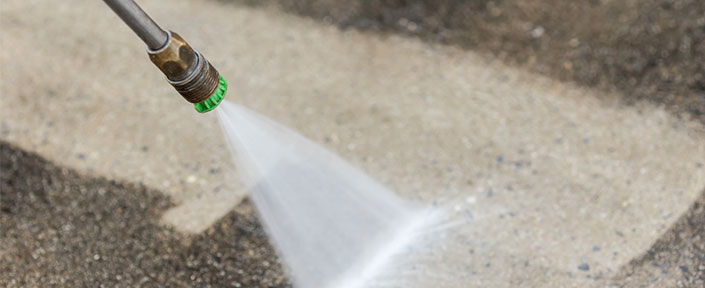Tips for Getting Excellent Workmanship
Our clients know that superior quality, as well as the highest standards in customer service and long-lasting results are the hallmarks of The Paint Doctor’s work ethos. But that is not the case with all contractors. Here are some tips for getting excellent workmanship from anyone you want to hire — contractor, landscaper, or maintenance staff.
1. Always Meet the Contractor in Person Nothing replaces an eye-to-eye meeting and a handshake. The more time a contractor takes to assess the condition of a home, the more realistic the estimate. An experienced painter should do more than merely walk around the house. He or she should know what the building needs, advise the customer, discuss budget, and work up an estimate from there. Ask the contractor about the size and experience of the crew. Be wary of prices that are too cheap– people get what they pay for. A cheap, fast paint job is a waste of time, whereas a quality paint job will last.
2. Manage Expectations Communication is key. An informed customer is generally a happy customer because s/he knows exactly where the money is going and why. Knowing the number of coats, how they are applied, and exactly what preparation work needs to be accomplished is critical to managing your expectations. Equally important is communicating the desired end result. Ask the contractor the “what, when, where, why, and how” questions. A clear, concise description of the work must be included in the written quote. Prep work is the costliest, most labor-intensive and most time-consuming part of the job, but it leads to better maintenance. The better the house is maintained, the less the homeowner will spend on repairs over the long term.
3. Check for References and Go See the Workmanship First Hand Homeowners should ask for references, call them, and then go see the work. It’s a good idea to check out jobs that are several years old to see how they are holding up. A history of positive references is a good sign, but if possible, ask for some old or continuing clients as well as current ones.
4. Consider Credentials Membership in a trade or local business group isn’t a guarantee of quality, but it shows a level of commitment and reliability. Word of mouth from trusted friends is always the best credential.
5. Read Your Estimate Carefully An estimate from a reputable painter will include a breakdown of labor, material costs, the number of coats of primer and paint, the brand and type of materials, and a detailed description of the amount of surface preparation that will be done.
6. Choosing the Product Painters tend to prefer to work with certain paints that may or may not work for the homeowner. It’s a good idea to go online and check ratings for paint performance and then work with the contractor to ensure the paint is right for the home. But, know that something read online or heard from a friend cannot replace years of field experience. A professional contractor should have an extensive knowledge of all brands of paint and should be able to tell which brands or product types are better for a certain location and why.
7. Obtain a Detailed Contract The contract must include all of the contractor’s key information: name, address, office and cell phone numbers, and license number, plus whatever details were in the estimate. Homeowners should make sure the contract specifies exactly what is and is not included in the job.
8. Check Insurance Homeowners should get a copy of the painter’s liability and workers’ compensation insurance certificates; otherwise, if someone gets hurt while on the job, the homeowner may be on the hook by way of homeowners insurance. Make sure to receive certificates from the insurance companies directly.
9. Ask for a Guarantee A contractor should guarantee to correct any chipping, peeling, blistering, flaking, or excessive fading or chalking that occurs within at least the first year after the job is completed at no cost. A paint material warranty doesn’t cover labor costs, which is far more costly than the paint.
— Edited from the original source: Durability + Design, the Daily News from the Architectural Coatings Industry



